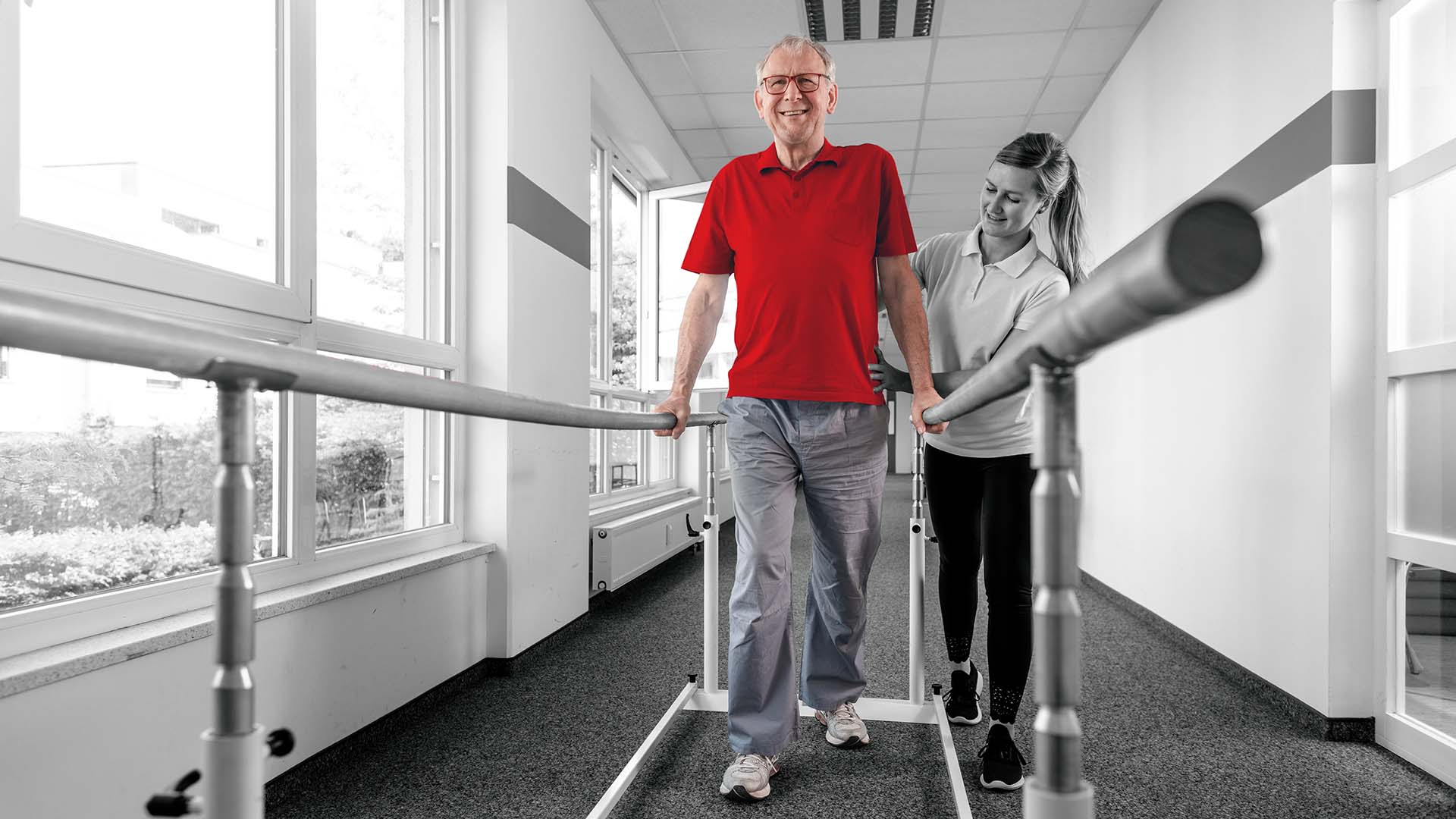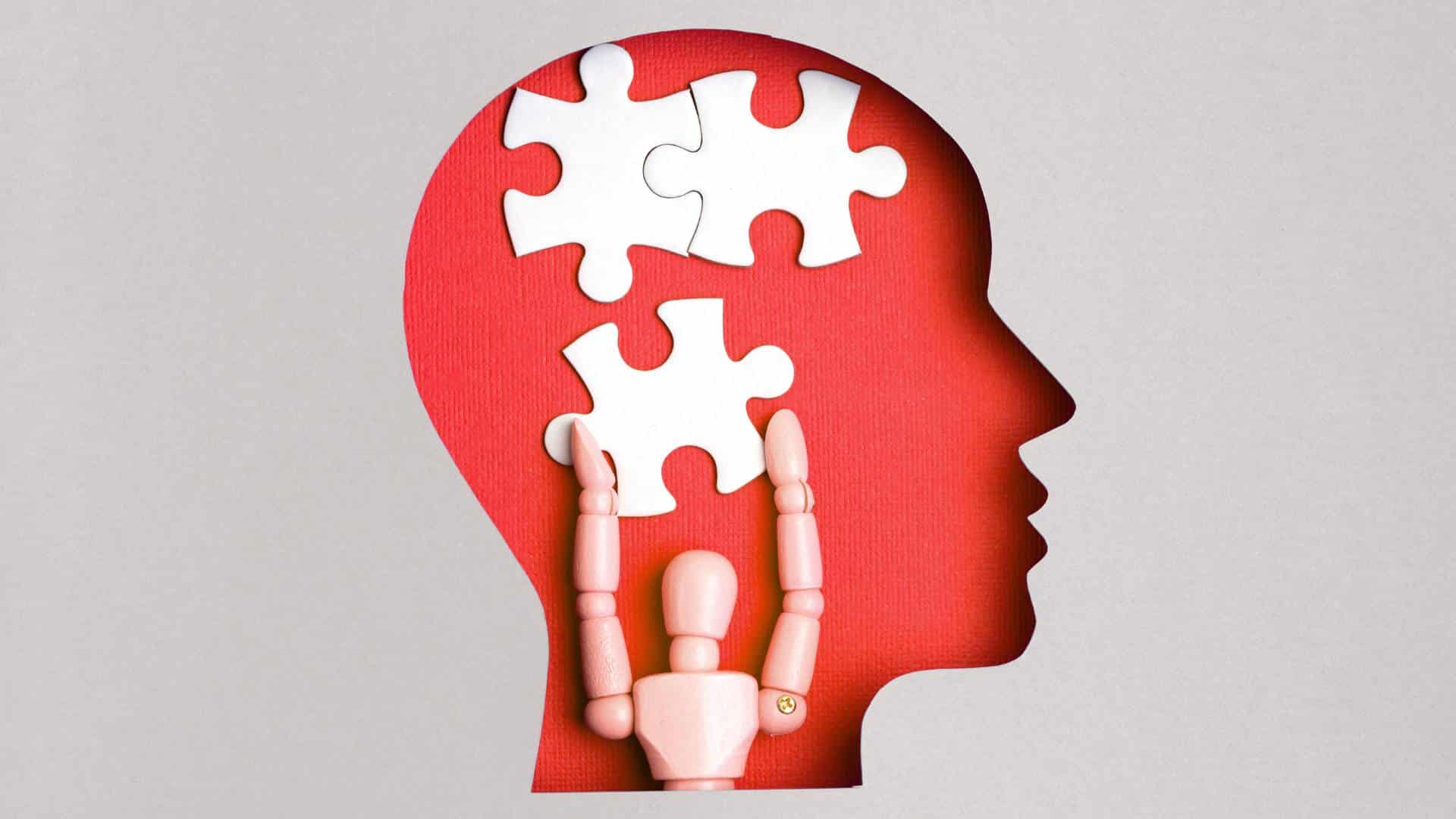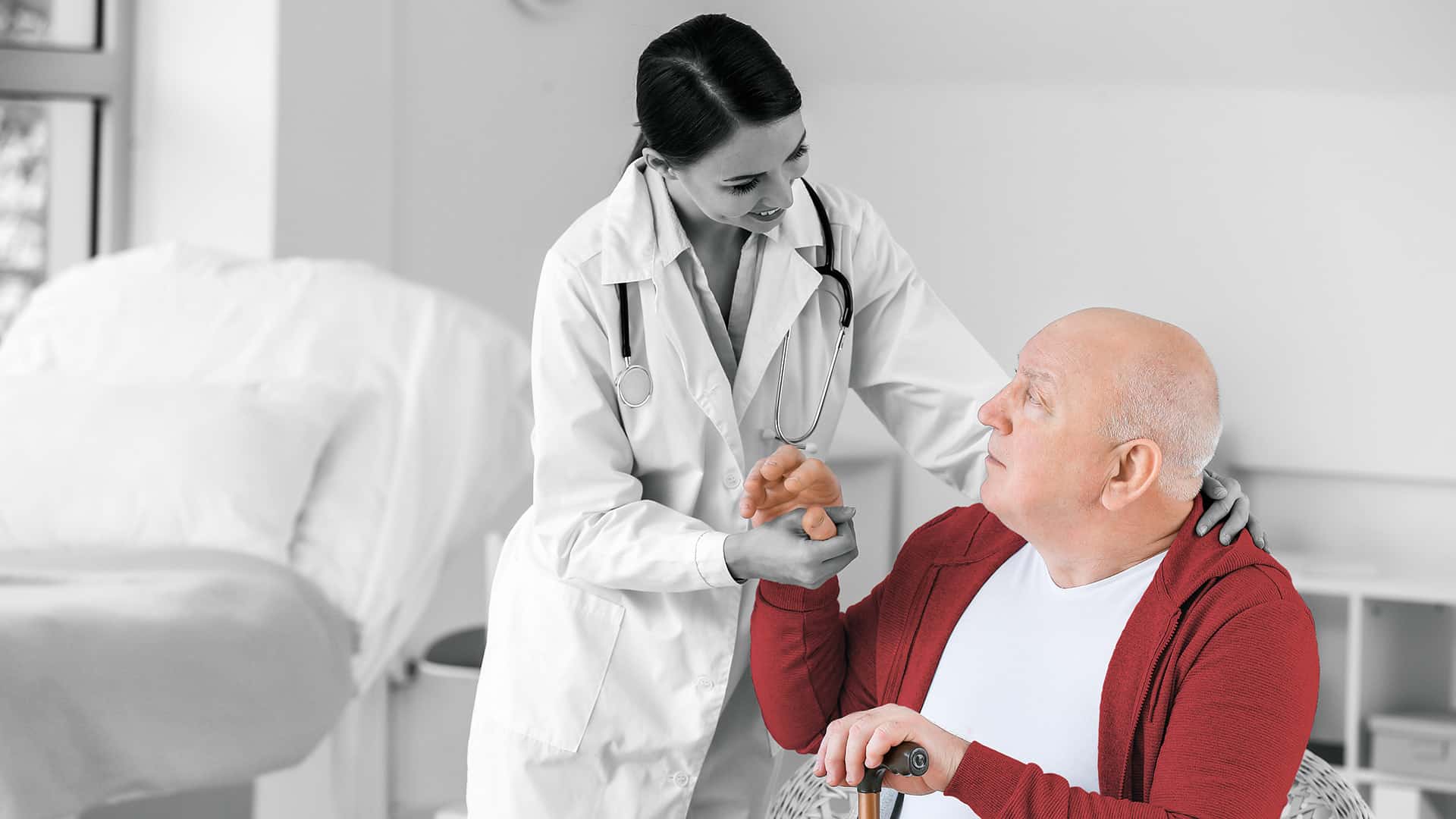Living with PD can be a struggle in a lot of ways, but one of the most frustrating is simply how much of a struggle it can be to move around.
This is where rehabilitation – particularly physical and occupational therapy – can be particularly helpful, transforming how you move, feel, and live day to day. Those who engage in regular physical therapy are far more likely to be able to manage their symptoms and maintain independence longer.
Breaking Down Why Rehabilitation Matters
Yes, Parkinson’s is a progressive condition. It will get worse.
However, research shows that the right kind of exercise and activity can:
- Slow functional decline
- Improve balance and mobility
- Sharpen cognition
- And more!
“Rehabilitation” is not a single program, but rather a partnership between the person with Parkinson’s, their therapist, and their care team – and it’s one that evolves as needs change.
Physical and occupational therapy (PT and OT) both play essential roles:
- Physical therapy helps people move with more confidence, improving balance, strength, and coordination.
- Occupational therapy focuses on the practical side of daily life – getting dressed, cooking, writing, and navigating the home safely.
Together, these approaches aim to restore independence and quality of life, not just reduce symptoms.
Let’s dive a bit deeper into physical therapy.
Understanding Physical Therapy: Relearning Movement
One of the most effective and well-studied programs for Parkinson’s is LSVT-BIG, an evidence-based physical therapy method designed to help individuals “move big.”
People with Parkinson’s often perceive their movements as larger than they are. What feels normal to them may appear small or slow to others. LSVT-BIG retrains the brain and body to recalibrate that sense of movement through high-effort, exaggerated exercises.
Over four weeks of one-on-one sessions, participants practice:
- Daily amplitude exercises – big steps, big reaches, and strong postural movements.
- Functional tasks like standing up from a chair or buttoning a shirt using “big” movements.
- Real-life scenarios, like walking through doorways or carrying groceries, to reinforce confidence and automaticity.
Clinical studies show significant improvements in gait speed, stride length, and trunk rotation from physical therapy – benefits that can last for months with consistent home practice.
The Power of Occupational Therapy
What about occupational therapy? Occupational therapists (OTs) help people with Parkinson’s continue doing the things that make life meaningful.
That could mean:
- Breaking tasks into smaller steps to conserve energy.
- Introducing adaptive tools – from weighted utensils to special pens.
- Making simple home adjustments, like adding grab bars or improving lighting.
Cognitive strategies are also part of OT. Therapists teach routines, memory aids, and environmental cues that help compensate for changes in attention or executive function.
These techniques not only improve independence, they also ease caregiver strain.
A “Circle of Rehabilitation”?
We often talk about people with Parkinson’s needing a “Circle of Care” – a team of professionals working together to make sure that all of your various needs are being met to the best of everyone’s abilities.
Well, the most successful rehabilitation programs work similarly. They combine therapies – physical, occupational, and even speech – in an interdisciplinary model.
When care is coordinated among specialists, people with Parkinson’s tend to stay more active, experience fewer falls, and report a higher quality of life. Studies from Parkinson’s Foundation Centers show that patients engaged in such programs have better adherence to therapy and lower hospitalization rates.
Remember, rehab isn’t about getting you back to perfection. It’s about preserving what matters most in your life – independence, confidence, and connection. Starting therapy early, staying consistent, and working with a team that understands Parkinson’s can make all the difference.
If you haven’t already, ask your care team about incorporating physical and occupational therapy into your treatment plan. Movement, when guided with purpose, can be one of the strongest medicines we have.



